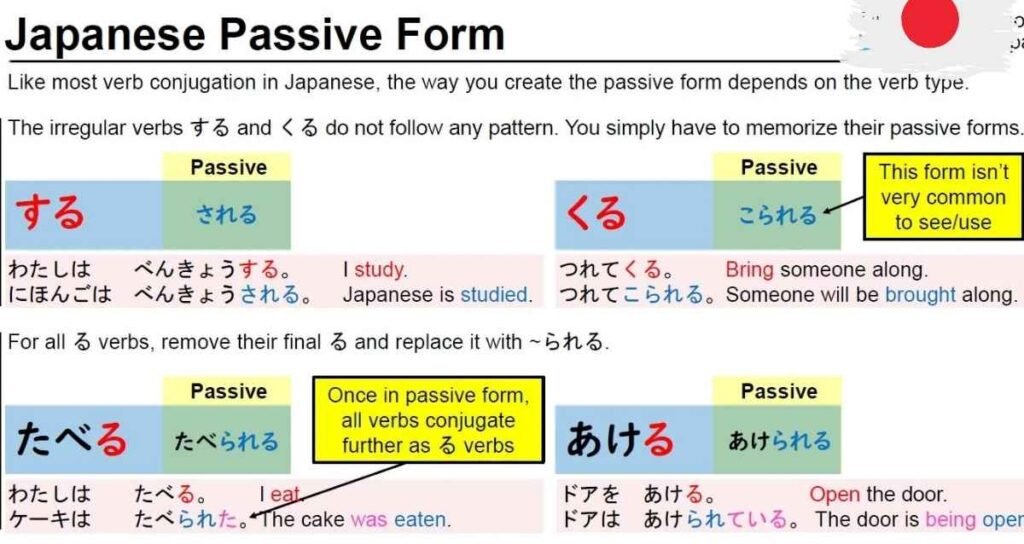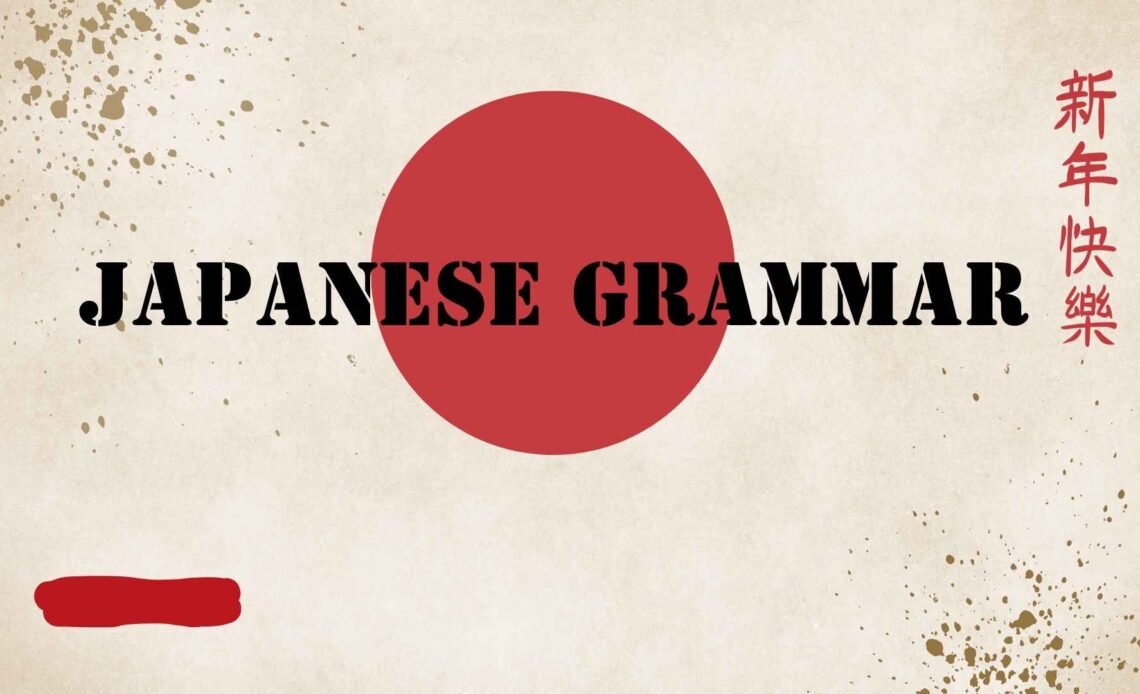Learning Japanese grammar may seem intimidating at first, but once you understand its logic and structure, it becomes one of the most fascinating aspects of the language. Unlike English, Japanese grammar focuses heavily on context, politeness levels, and particles that define relationships between words. This step-by-step Japanese grammar guide will help you grasp the core principles, backed by clear examples, learning tips, and insights from expert trainers at TLS – The Japanese Language School, one of the best places to master Japanese fluency.
Understanding the Basics of Japanese Grammar
Before diving deep, it’s important to know that Japanese grammar (日本語の文法 – Nihongo no Bunpō) differs significantly from English grammar. In Japanese, the sentence order typically follows the Subject-Object-Verb (SOV) structure, unlike English, which follows Subject-Verb-Object (SVO).
For example:
English: I eat sushi.
Japanese: 私は寿司を食べます。(Watashi wa sushi o tabemasu) – “I sushi eat.”
Here, “wa” marks the topic, “o” marks the object, and the verb “tabemasu” always comes at the end. This is a fundamental rule of Japanese grammar, which remains consistent at all levels, from JLPT N5 to N1.
Access detailed Japanese Grammar Notes and Examples that help simplify complex grammatical patterns into easy-to-understand explanations.
Step 1: Start with Japanese Particles
Particles are the backbone of Japanese grammar. They are small words placed after nouns, verbs, or adjectives to show their grammatical role in a sentence.
Common particles include:
- は (wa): marks the topic
- を (o): marks the object
- に (ni): indicates time or direction
- で (de): shows location or means
- が (ga): marks the subject
Example:
東京に行きます。(Tokyo ni ikimasu) – “I’m going to Tokyo.”
Here, “に” shows direction.
When learning from a Japanese grammar book or Japanese grammar PDF, practice identifying how each particle changes the sentence meaning. TLS – The Japanese Language School offers interactive lessons where these nuances are taught through real-world examples and speaking practice.
For learners aiming to study abroad after mastering Japanese grammar, explore our detailed guide on Japanese Government Scholarships.
Step 2: Learn Verb Forms and Conjugations
In Japanese, verbs don’t change according to the subject but rather the formality and tense of the situation.
There are three main verb groups:
- Group 1 (Godan verbs) – e.g., kaku (to write)
- Group 2 (Ichidan verbs) – e.g., taberu (to eat)
- Irregular verbs – e.g., suru (to do), kuru (to come)
For example:
- Taberu → Tabemasu (polite form – eat)
- Kaku → Kakimasu (polite form – write)
Understanding these conjugations is crucial for Japanese grammar N5 and beyond. TLS provides detailed Japanese grammar notes and practice worksheets in English and Japanese to help learners master each form step-by-step.
Step 3: Master Adjectives and Their Usage
Japanese adjectives are divided into two types:
- i-adjectives (ending with い)
- na-adjectives (requiring な before a noun)
Examples:
- 高い山 (takai yama) – tall mountain (i-adjective)
- きれいな花 (kirei na hana) – beautiful flower (na-adjective)
Both types change form depending on tense and polarity. For example:
- 高い → 高くない (not tall)
- きれいな → きれいじゃない (not beautiful)
A Japanese grammar checker or structured lessons from TLS – The Japanese Language School can help you practice these adjective transformations accurately.
If you’re preparing for the JLPT exam, don’t miss our step-by-step breakdown of the JLPT Registration Process.

Step 4: Understanding Politeness and Formal Speech
Politeness is central to Japanese communication. Grammar and vocabulary change depending on who you’re speaking to.
There are three main speech levels:
- Casual form – used among friends (e.g., Taberu)
- Polite form – used in daily conversation (e.g., Tabemasu)
- Honorific/Humble form – used in formal or business settings (e.g., Meshiagarimasu – to eat)
TLS instructors emphasize these distinctions early on, ensuring students communicate appropriately across contexts — an essential skill for both personal and professional fluency in Japan.
Step 5: Build Sentences Step-by-Step
Once you understand particles, verbs, and adjectives, you can start constructing complex sentences.
Here’s a simple method from the Japanese grammar learn approach followed at TLS:
- Start with a subject (私は – I)
- Add a topic marker (は)
- Include an object (本を – a book)
- End with the verb (読みます – read)
Final sentence:
私は本を読みます。 (Watashi wa hon o yomimasu) – “I read a book.”
Practice daily by writing your own sentences using the Japanese grammar examples and verifying them with a Japanese grammar check tool or with guidance from teachers at TLS.
Read More-: https://youtube.com/shorts/4jb-Sjbehlc?si=IcFSHC6no861KO0B
Step 6: Apply Grammar in Real Communication
Grammar learning becomes meaningful only through application. Try journaling daily in Japanese or engaging in conversation practice. TLS encourages its students to speak, write, and think in Japanese from day one, using a combination of Japanese grammar books, digital PDF notes, and interactive online sessions.
Here’s an example progression:
- Start with simple sentences using desu (to be)
- Move to verbs in polite and casual forms
- Add adjectives and conjunctions like and (そして), but (でも), because (から)
This gradual approach helps you develop natural sentence rhythm and fluency.
Planning to continue your Japanese studies in Japan? Read our comprehensive guide on How to Apply for Japan Student Visa Online.
Step 7: Use Study Materials and Grammar Resources
You can enhance your understanding using:
- Japanese grammar PDF downloads for structured review
- Japanese grammar in English videos for bilingual explanations
- Japanese grammar notes summarizing key rules
- Japanese grammar checker tools for practice
At TLS – The Japanese Language School, learners receive professionally curated grammar study packs, flashcards, and examples aligned with the JLPT N5–N1 framework. These materials make mastering grammar simple, organized, and effective.
Common Mistakes to Avoid in Japanese Grammar
- Ignoring particles: Every sentence needs them for meaning clarity.
- Mixing casual and polite forms: Choose one tone based on the listener.
- Forgetting verb endings: The verb must always appear at the end.
- Direct translation from English: Japanese grammar follows logic based on context, not word order.
Following a structured learning path like the one provided by TLS – The Japanese Language School helps you avoid these common pitfalls early on.
Besides language training, TLS also provides Japan Visa Assistance to help students transition smoothly for higher education or employment opportunities in Japan.

Frequently Asked Questions about Japanese Grammar
1. What is N1, N2, N3, N4, N5 in Japanese?
The Japanese Language Proficiency Test (JLPT) has five levels — N1 being the most advanced and N5 the beginner level. N5 covers basic grammar and vocabulary for daily use, while N1 requires mastery of complex structures, advanced kanji, and reading comprehension. Each level progressively tests your understanding of Japanese grammar, vocabulary, listening, and reading skills.
2. Is Japanese grammar easy?
Japanese grammar may seem complex at first due to its unique sentence structure and particles, but it follows consistent logical patterns. Once learners understand these rules, it becomes easier to form sentences correctly. Regular practice, clear examples, and structured learning with institutions like TLS – The Japanese Language School can make mastering Japanese grammar much simpler.
3. Is 1000 hours enough to learn Japanese?
For most learners, 1000 hours is sufficient to reach intermediate fluency (around JLPT N3 level) if they study consistently. Achieving higher levels like N2 or N1 may take additional focused practice and immersion in Japanese conversations. Combining grammar study, vocabulary, and listening exercises daily is key to progress.
Compare study expenses and make informed decisions by checking our post on the Cost of Studying in Japan vs Other Countries.
4. What is the best way to learn Japanese grammar?
Start with structured grammar lessons, short example sentences, and consistent review. Using resources such as Japanese grammar books, online notes, and PDF guides helps reinforce learning. Enrolling in professional programs like those at TLS – The Japanese Language School ensures proper guidance and feedback.
5. How different is Japanese grammar from English?
Japanese grammar differs greatly — it follows a Subject-Object-Verb (SOV) structure instead of English’s Subject-Verb-Object (SVO) order. It also uses particles to define relationships between words. However, the logical structure makes it easy to grasp with steady practice.
6. Where can I find Japanese grammar PDFs or books for self-study?
Many reliable Japanese grammar PDFs and books are available online, such as “A Dictionary of Basic Japanese Grammar.” You can also request structured notes and materials from TLS – The Japanese Language School to guide your study from N5 to N1 levels.
7. How do particles function in Japanese grammar?
Particles are small words that show the relationship between nouns, verbs, and adjectives in a sentence. For example, “は (wa)” marks the topic, and “を (wo)” marks the object. Learning particles correctly is essential for mastering Japanese sentence structure and meaning.
8. Can I check my Japanese grammar online?
Yes, several Japanese grammar checkers and online tools can help you identify sentence errors. However, human feedback from qualified instructors, such as those at TLS – The Japanese Language School, ensures deeper understanding and correction of subtle grammar nuances.
9. What grammar topics should I focus on for JLPT N5 and N4?
For JLPT N5, focus on sentence basics like particles, verb conjugations, and polite forms. For N4, expand into complex sentence patterns, te-form usage, and expressions of intention. TLS provides structured courses with grammar notes and examples tailored to each JLPT level.
10. How can I take effective grammar notes while learning Japanese?
When studying Japanese grammar, write example sentences for each rule and highlight particles or verb forms. Categorize your notes by grammar levels (N5–N1) for easy revision. TLS provides comprehensive Japanese grammar notes that make reviewing efficient and practical for long-term retention.
To improve your speaking and listening skills along with grammar, go through our Japanese Pronunciation Guide.
Conclusion: Master Japanese Grammar with Confidence
Learning Japanese grammar is not about memorizing countless rules — it’s about understanding how thought and respect shape communication in Japan. With consistent study, practice, and expert guidance, anyone can achieve fluency.
Whether you’re preparing for JLPT N5, improving your writing skills, or seeking fluency for travel and work, joining TLS – The Japanese Language School offers a proven pathway to success. Their step-by-step teaching approach, combined with grammar PDFs, exercises, and personalized mentorship, makes Japanese grammar easy, logical, and enjoyable for every learner.
Looking for quality learning centers near you? Discover the Best Places to Learn Japanese in Delhi.
Get in Touch for Expert Japanese Language Guidance
Ready to strengthen your Japanese grammar and move closer to fluency?
Our experienced instructors and structured programs help learners master every aspect of Japanese—from beginner grammar to advanced fluency levels.
Prefer studying from home? Check out our complete resource on Learn Japanese Language Online.
For personalized guidance, JLPT preparation, or Japan visa support, reach out to us today:
Call Us: +91 8700956038
Address: 2/81-82, Ground Floor, Lalita Park, Laxmi Nagar, New Delhi – 110092
Email Us: tls@teamlanguages.com
Explore detailed study materials and free grammar resources on our Official Resources Page or get reliable Japan Visa Assistance to plan your journey with ease.


